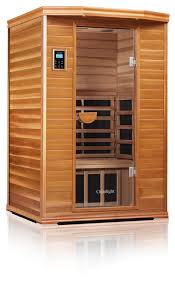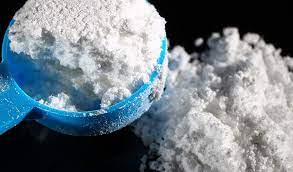Saunas offer fantastic benefits to the body. They help to detoxify the skin and improve your circulation system. You should consider building a traditional sauna in your home if you want to experience all these benefits. However, one of the choices you have to make when building a sauna is the kind of materials to use. This article will help you understand the benefits of the common traditional sauna materials.
Cedar
Cedar is a traditional sauna material that’s commonly used in North America. It’s known for its durability, beautiful aroma, and resistance to rot and insects. Furthermore, cedar doesn’t shrink or expand when exposed to heat and moisture, making it an excellent building material. The use of cedar in a sauna results in an attractive and naturally warm atmosphere that promotes relaxation and meditation.
Hemlock
Hemlock is another popular traditional sauna material. It’s odorless, durable, and it stains and finishes well. Hemlock has a wonderful golden-brown color and is often used for the front benches, walls, and ceiling. Hemlock woods have a low heat conductivity, which helps to keep the sauna temperature moderate. Furthermore, hemlock is easily sourced and is an affordable option compared to other traditional sauna materials.
Spruce
Spruce is another traditional sauna material that’s used in Finland and other parts of Europe. The softwood provides excellent heat insulation, which makes it easy to maintain sauna heat. Spruce has a uniform texture and light color, which makes it an ideal material for walls, doors, and ceilings. Furthermore, spruce woods don’t have knots, which makes it less likely to cause splinters and injuries to the sauna users.
Redwood
Redwood is a highly durable and flexible traditional sauna material. It has a beautiful reddish color that makes the sauna look luxurious. The wood contains tannin, which makes it resistant to rot and insect attacks. Additionally, redwood has a stable structure that doesn’t expand or contract when exposed to heat and moisture. Therefore, using redwood contributes to the durability of the sauna walls, doors, and benches. However, compared to other traditional sauna materials, redwood is expensive, and it’s less commonly used.
Stone Tiles
Stone tiles are another option for traditional sauna materials. Stone is durable and can withstand high temperatures that come with saunas. Additionally, the tiles add thermal mass to the sauna, which helps to keep the temperature constant. The stone gives a natural feel to the sauna while also adding a luxurious touch. However, stone tiles require careful installation to avoid injuries. The tiles can become hot and slippery when exposed to the sauna heat, which poses a risk to the users.
Conclusion:
Building a sauna is a fantastic investment for your health and wellbeing. However, choosing the right traditional sauna material is essential for the durability, safety, and overall beauty of your sauna. Cedar, hemlock, spruce, redwood, and stone tiles are some of the traditional sauna materials you can consider. These materials have unique benefits that cater to various sauna needs. Consult a professional to help you choose the most suitable traditional sauna material for your home.



